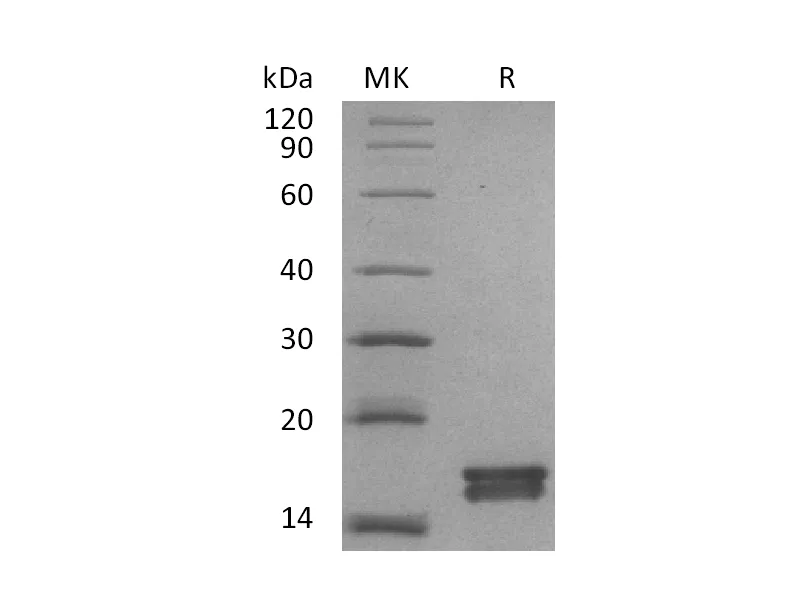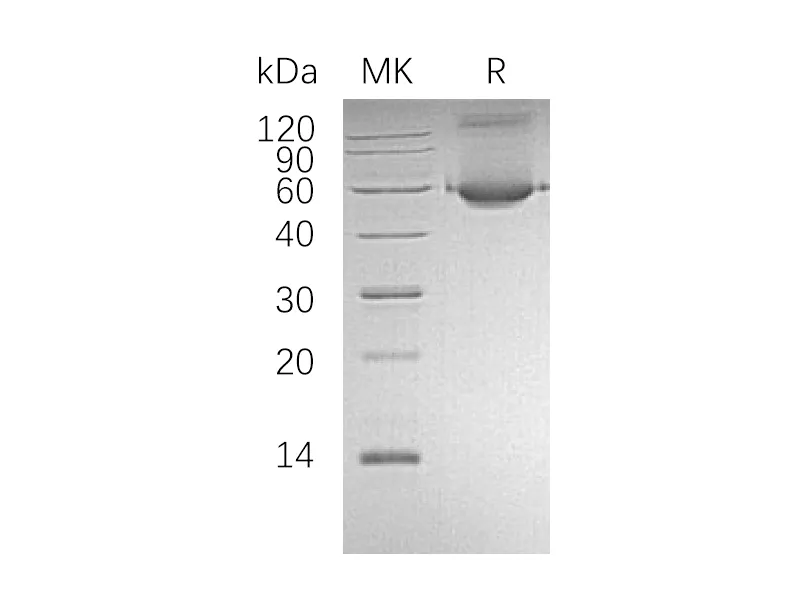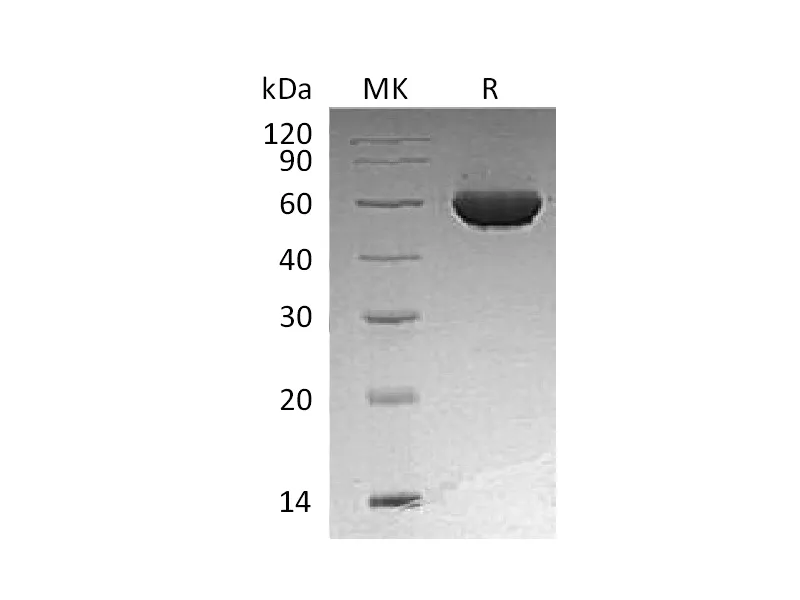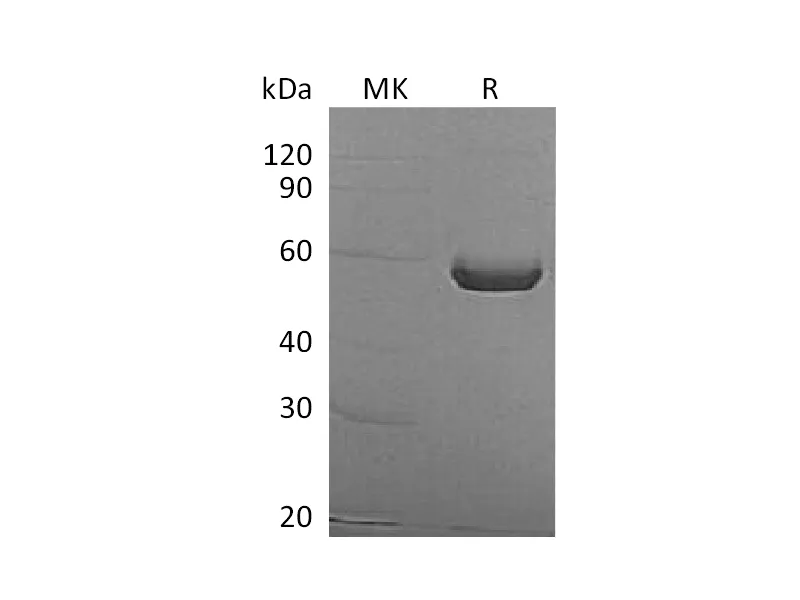Alternative Names
Lysosome Membrane Protein 2; 85 kDa Lysosomal Membrane Sialoglycoprotein; LGP85; CD36 Antigen-Like 2; Lysosome Membrane Protein II; LIMP II; Scavenger Receptor Class B Member 2; CD36; SCARB2; CD36L2; LIMPII
Background
Scavenger Receptor Class B Member 2 (SCARB2) is a type III multi-pass membrane glycoprotein that is located primarily in limiting membranes of lysosomes and endosomes on all tissues and cell types so far examined. Earlier studies in mice and rat suggested that this protein may participate in membrane transportation and the reorganization of endosomal/lysosomal compartment. The protein deficiency in mice was reported to impair cell membrane transport processes and cause pelvic junction obstruction, deafness, and peripheral neuropathy. Further studies in human showed that this protein is identified as a receptor for EV71 (human enterovirus species A, Enterovirus 71) and CVA16 (coxsackievirus A16) which are most frequently associated with hand, foot and mouth disease (HFMD). Mutations in this gene caused an autosomal recessive progressive myoclonic epilepsy-4 (EPM4), also known as action myoclonus-renal failure syndrome (AMRF). Alternatively spliced transcript variants encoding different isoforms have been found for this gene. In addition, SCARB2 also has been shown to bind thrombospondin-1, may contribute to the pro-adhesive changes of activated platelets during coagulation, and inflammation.
Note
For Research Use Only , Not for Diagnostic Use.




